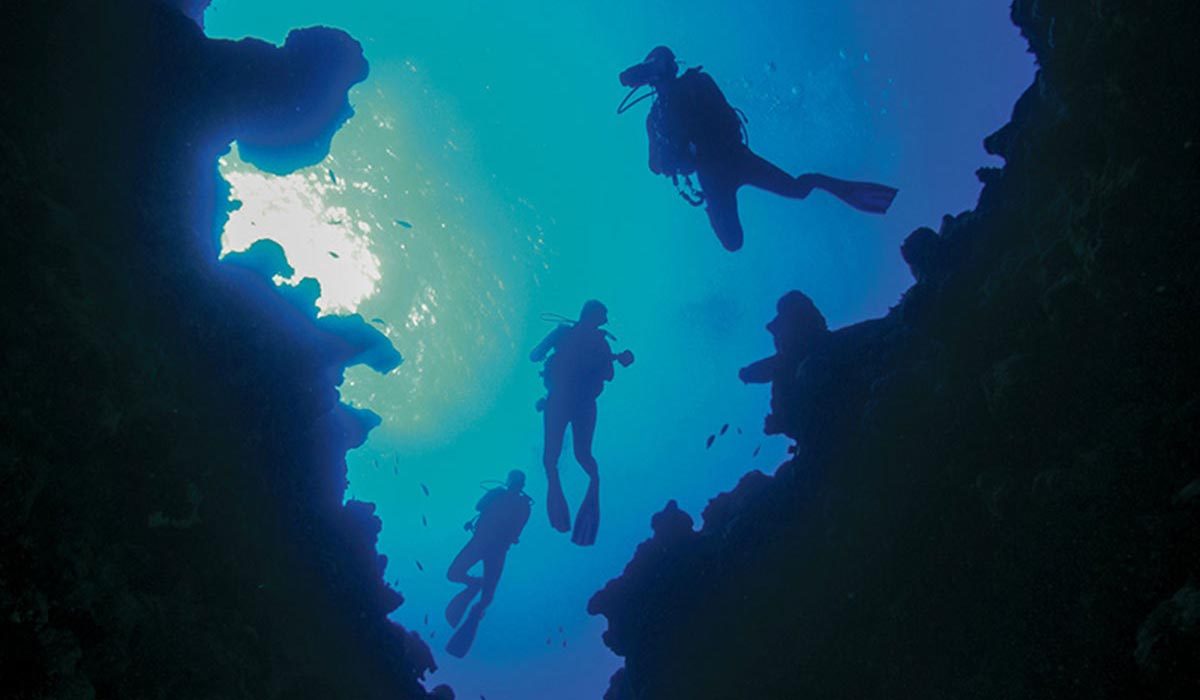Understanding Breathing Gas Needs
Your breathing rate depends on your level of exercise and depth. The higher your level of exercise, the more oxygen you need and the more CO2 you will produce. In order to flush the CO2 from your lungs while diving, you must inhale breathing gas. The chart below shows the relationship between depth, pressure, exercise and breathing gas requirements. The deeper the depth and the higher the level of exercise, the greater the demand for breathing gas.
Breathing Gas Needs: How Much Air is Required to Ventilate Lungs?
|
Depth (Feet) |
Environmental Pressure |
Breathing gas Needs (Liters per minute) |
||
|---|---|---|---|---|
|
At rest |
Light to moderate activity |
Vigorous exercise |
||
|
0 feet (Surface) |
1 ATM |
8 lpm |
20 lpm |
70 lpm |
|
30 feet |
2 ATM |
16 lpm |
40 lpm |
140 lpm |
|
100 feet |
4 ATM |
32 lpm |
80 lpm |
280 lpm |
By the Numbers
The Aluminum 80 is the most commonly used tank.
Specifications:
- Internal tank volume: 11 liters (0.39 cubic feet).
- Maximum pressure allowed: 3,000 psi (207 bar)
- 80 cubic feet = 2,265 liters (1 cubic foot = 28.317 liters)
How Long Will My Breathing Gas Last in an Aluminum 80?
|
Depth (Feet) |
Environmental Pressure |
Breathing gas Needs (Liters per minute) |
||
|---|---|---|---|---|
At rest |
Light to moderate activity |
Vigorous exercise |
||
|
0 feet (Surface) |
1 ATM |
215 minutes |
70 minutes |
20 minutes |
|
30 feet |
2 ATM |
107 minutes |
35 minutes |
10 minutes |
|
100 feet |
4 ATM |
53 minutes |
17 minutes |
5 minutes |
